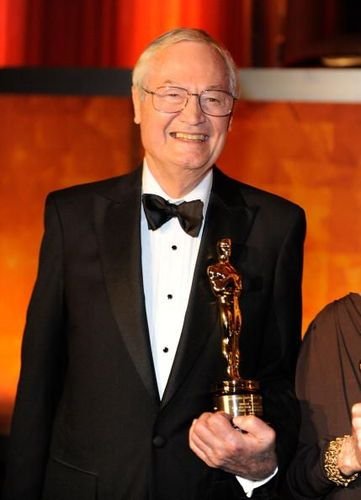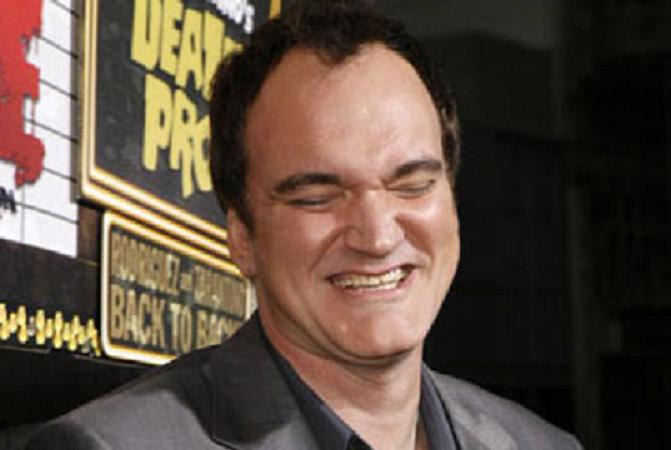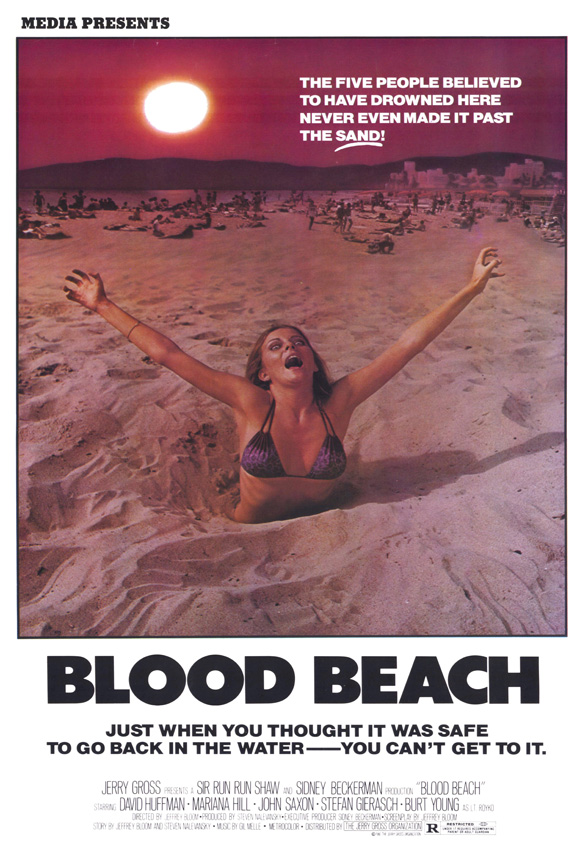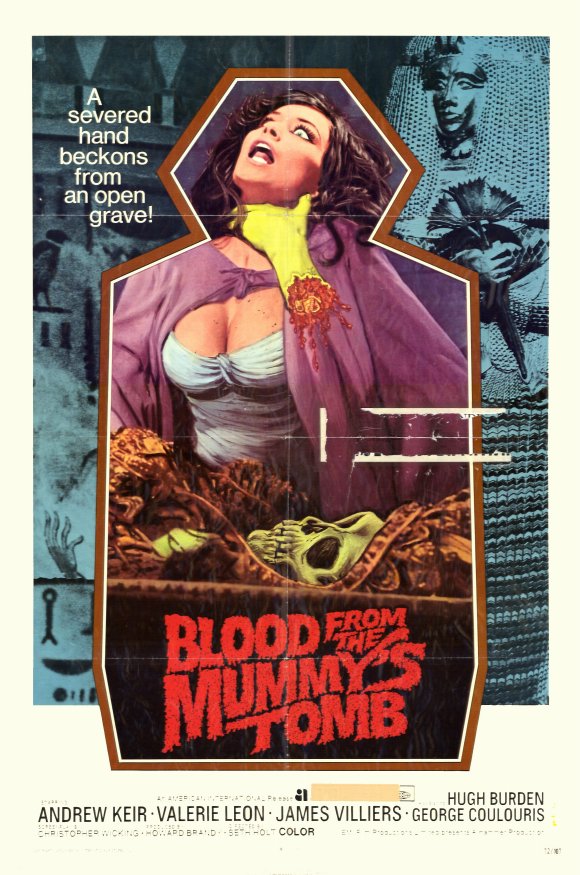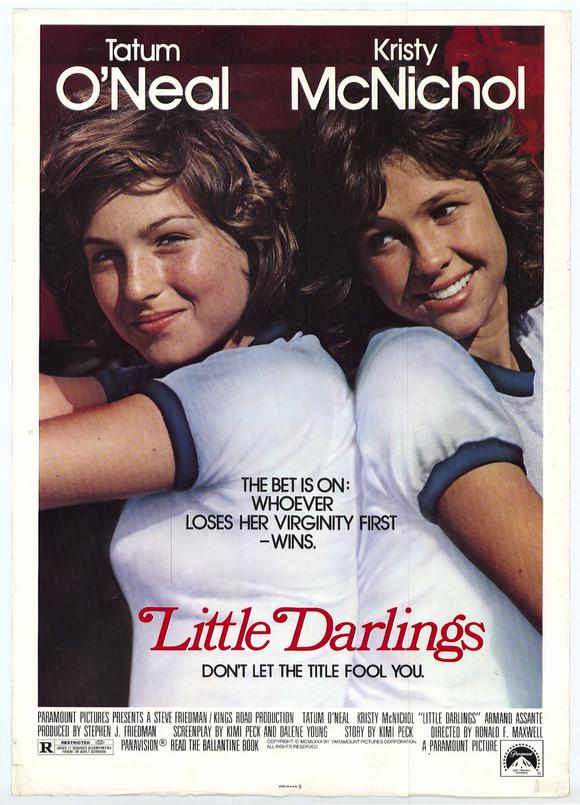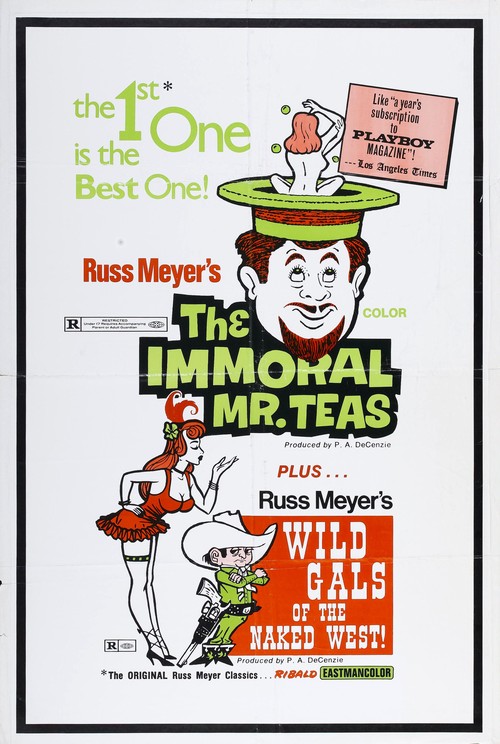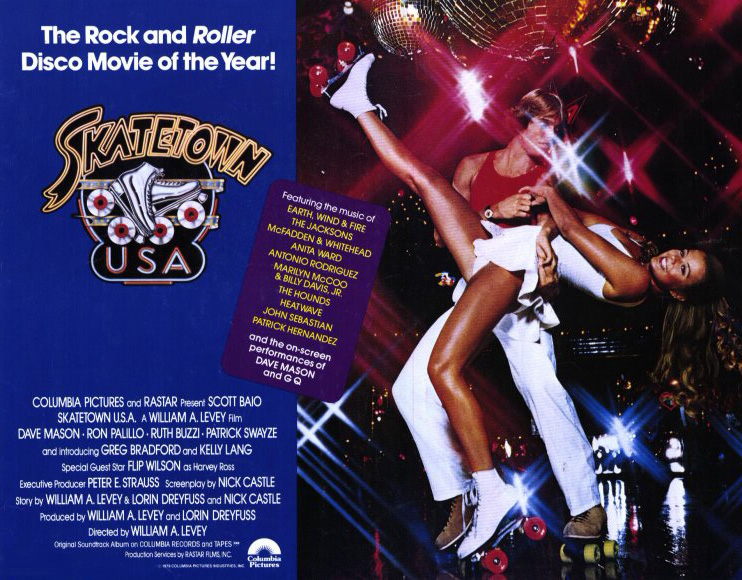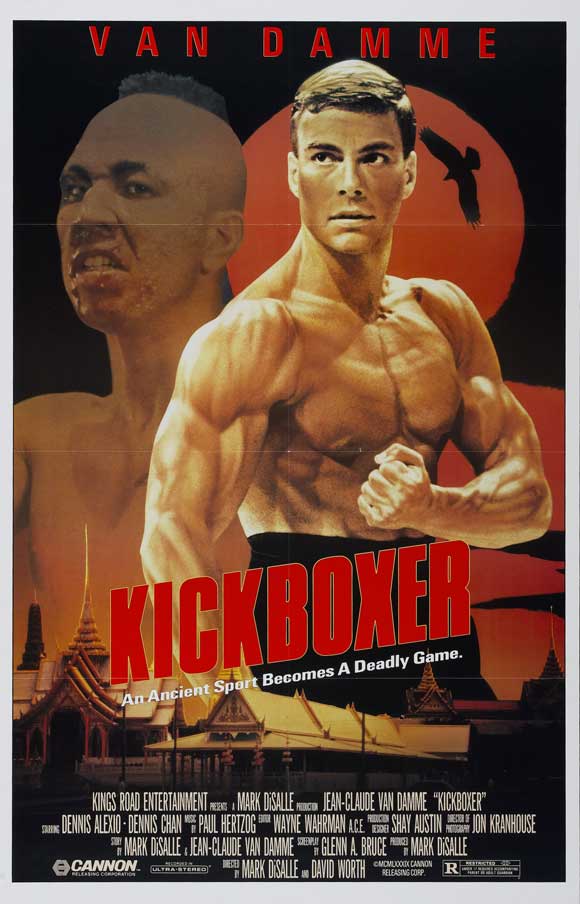The ABCs of B-Movie Bullsh*t -- S is for Scream Queens
 Thursday, September 15, 2011 at 8:29AM
Thursday, September 15, 2011 at 8:29AM S
is for Scream Queens
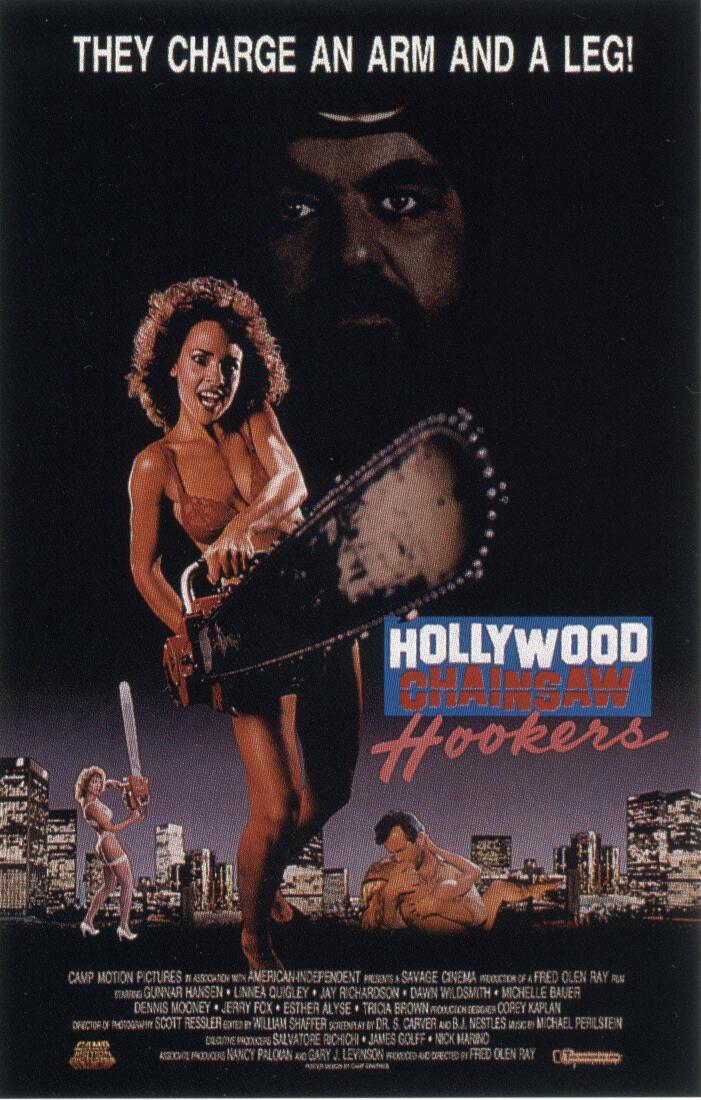
It’s said that the term “Scream Queen” was coined in reference to Jamie Lee Curtis, whose run of 70s-80s horror movies (Halloween, Prom Night, The Fog, Terror Train, Road Games, and Halloween II) more then earned her the nickname. Since then, though, the term has been co-opted to apply to any attractive actress who has spent a significant portion of her career running away from masked maniacs baring lethally sharp instruments of bloody impalement.
The one difference between the original SC and her future descendents is that Curtis famously made her way through horror movie stardom without once giving up the goods (she saved that for her big time Hollywood debut, Trading Places), while a modern SC generally spends more time naked than otherwise. In fact, their open attitude regarding their bodies is generally responsible for the ubiquity that will eventually earn them SC status.
Take for example, Michelle Bauer. Never a particularly talented or convincing actress, she still managed to work a lot throughout the late 80s and up to the mid-90s (and even now makes the occasionally appearance here and there), largely because she was a trooper who low budget filmmakers understood was a guaranteed commodity. Casting her meant not having to worry about the sudden cold feet that sometimes affected less experienced actresses just before the film was about to roll on the nude scene for which they were specifically hired. Michelle would drop her top anywhere, anytime, for as long as you wanted and she looked great doing it. So what if she wasn’t that great at delivering her lines?
Throughout the 21st century the role of the SC has declined significantly from its 90s peak. By the turn of the century many SCs had either aged out of the roles previously available to them or had ended their careers prematurely by refusing to do the only thing people previously hired them to do (see Jewel Shepard for the best example of this).
But the biggest factor in their fall from prominence is the diminished presence of low-budget independent genre films in popular culture. A present day SC like Tiffany Shepis, for example, may have almost 100 credits to her name, but even the most dedicated genre fan is unlikely to get the chance to see more than a handful of them. This stands in contrast to an 80/90s equivalent SC such as Linnea Quigley, whose most obscure films could still be found in the majority of video stores of the period. It was easy to be a SC fan back then. It takes a lot of work to admire them now.
Still it is worth the effort.
S
is for Scream Queens
and
Scream Queens
are
Sensational
 ABCs,
ABCs,  B-MOVIE BULLSH*T,
B-MOVIE BULLSH*T,  Bullsh*t Lists,
Bullsh*t Lists,  Michelle Bauer,
Michelle Bauer,  Scream Queens in
Scream Queens in  ABCs,
ABCs,  B-Movies,
B-Movies,  Bullsh*t Lists
Bullsh*t Lists 
